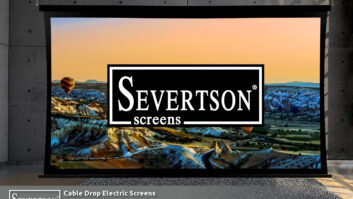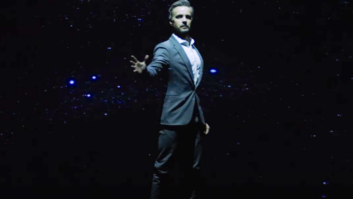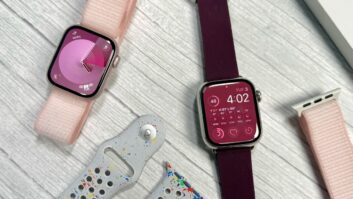After six years of assurances from the electronics industry that compatibility standards for digital TV were imminent, Federal Communications Commission chairman Bill Kennard is tired of waiting.
In a statement that drew a muted gasp from his audience at a CES luncheon yesterday, Kennard declared, “If the industry cannot solve the problem by April, we will.”
Following Kennard’s speech, Consumer Electronics Association officials said the association and the FCC “share the same priorities.”
Kennard said FCC staffers are already working on a set of proposed rules for DTV compatibility standards in case the industry does not come through. Telling his audience his mandate is to serve the American consumer, the FCC head said, “TV is still living in an analog world, and that has to change. We have to move TV into the digital world.”
Recalling predecessor Newton Minow’s 1960s characterization of television as “a vast wasteland,” Kennard said, “Because of digital technology, TV can be a vast wonderland.”
Kennard said that “IPTV” — which he said could stand for “interactive personal TV,” “intelligent personal TV” or “Internet protocol TV” — will be part of every American home, “but it’s taking too long.”
Citing a need for standards to allow delivery platforms to work together as well as a need to reach agreement on copyright-protection issues, Kennard said, “We’re 90% there on the compatibility issue, but the economic and technology barriers are complex,” in part because so many industries are involved, including the cable TV industry, hardware manufacturers and programmers.
“The challenge is to harness the divergent market incentives to work together for the American consumer,” the FCC chairman stated. Although the industry has given the agency repeated assurances that standards are forthcoming, he said, “your time and our patience are running out on this issue. The industry has to bring the years of negotiation to closure, or the FCC has to act!”
Kennard said the FCC began pushing the industry to establish digital TV standards in 1994 and was assured those standards would be completed by 1995. “In August 1998 we asked for resolution of the compatibility problems, and in October ’98 the industry said DTV sets would be available in November 1999,” he said. “But here we are in January 2000 and still standards have not been resolved. It’s six years after the industry asked government to refrain from acting and still no resolution.”
One major sticking point, according to the FCC head, is that “the TV industry and the cable industry do not agree on the definition of cable-ready sets and are still grappling on the 1394 issue. But our rules say that by July 1, 2000, consumers must be able to buy set-top boxes on the market.”
Turning his attention to the broadcast industry, Kennard said, “Too many broadcasters are not recognizing the potential and vision of DTV. They’re looking through blinders, only looking at high-definition.”
The CEA welcomed Kennard’s directive.
“It’s clear that the consumer electronics industry and the FCC share the same priorities when it comes to cable compatibility,” said Michael Petricone, CEA’s technical policy director. “I think we all want consumers to be able to very easily hook up their cable systems to their digital televisions. We want to make sure consumers have a wide range of affordable products to choose from, and that once they invest in a digital television set, they can use all the functions and features of that set without it being interfered with by the cable system.
“We’ve been working in good faith for some time to help bring about those goals, and we welcome all FCC efforts in that direction.”













